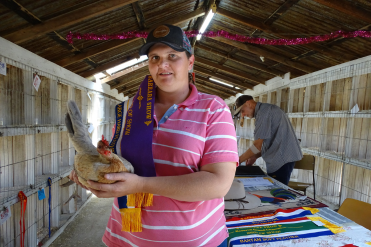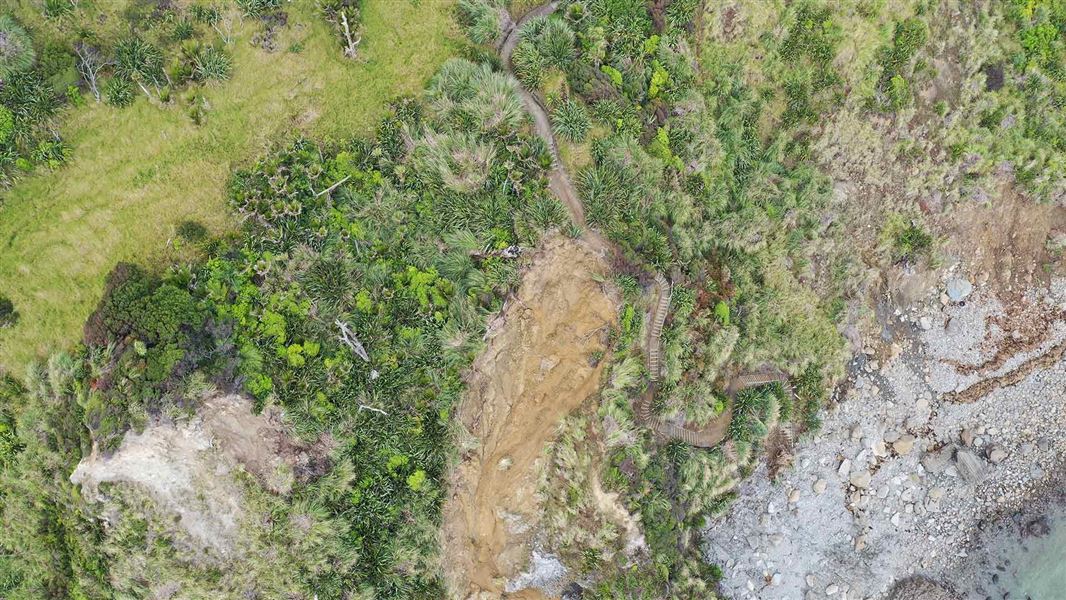The state’s water regulator will be visiting properties with bores in the Griffith area in mid-June after a ‘desktop audit’ found almost 10 per cent of bores in the area may be extracting more water than allowed.
The Natural Resources Access Regulator (NRAR) audit – “Operation Drawdown” – is focusing on water take from bores around the Griffith, Leeton, Coleambally and Darlington Point areas, which draw from the Lower Murrumbidgee Groundwater Source.
It is a priority groundwater source due to local ecosystems’ dependence on it.
For the desktop audit NRAR officers compared the extraction limit on each licence with water take from the bore, as recorded by WaterNSW.
NRAR audited 218 of the 417 water access licences on the Lower Murrumbidgee Groundwater Source, finding nine per cent may be over their extraction limit.
The aim of the audit was to identify the level of compliance with the rules related to extraction limits on licences.
These rules ensure the fair sharing of a limited water resource and ensure the bores do not negatively affect other water users, water sources or dependent ecosystems.
Letters are currently being sent out, notifying those audited of the results – whether they have a green tick or a red flag.
Those whose bores appeared non-compliant will be visited by NRAR officers for further assessment.
Director of Regional Water Regulation (West-Murray Darling) Graeme White said the work was risk-based, meaning it focused on bores with the most potential for harm.
“In real terms this means the larger operators were audited – those with bores 200mm and above – and those with the largest share allocation. However a random sample of those with a zero share allocation was also assessed,”
Mr White said. NRAR officers will adhere to all NSW Health COVID-19 recommendations during the site visits, to ensure the safety of landholders, the community and themselves.
NRAR’s investigators and compliance officers travel all over the state’s 58 water sharing plan areas, inspecting properties and assessing compliance with water users’ licences and the Water Management Act 2000.
To see the work NRAR does, go to its public register on the NRAR website.








